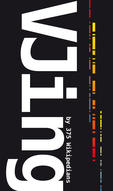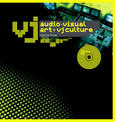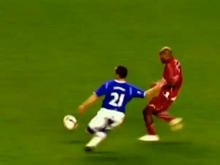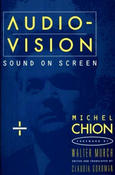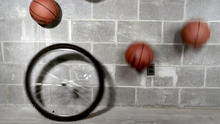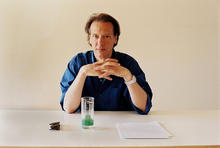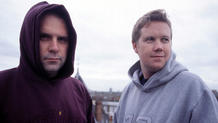Fast & Furious: Web trailer
(2009)by Addictive TV. Burning rubber, skids and squealing tyres galore - this movie was made for remixing...!
Remixing fast and furiously for Universal, Addictive TV were asked to remix the new Vin Diesel blockbuster Fast & Furious. Burning rubber, skids and squealing tyres galore - this movie was made for remixing...!
Slamming the pedal-to-the-metal, Vin Diesel and Paul Walker re-team for the ultimate chapter of the movies built on speed. Heading back to LA where it all began, they rejoin Michelle Rodriguez and Jordana Brewster to burn rubber, illegally race each other in exotic cars through the mean streets of Los Angeles, and floor them across the Mexican desert in this high-octane action-thriller.
Source: Addictive TV's YouTube Channel

